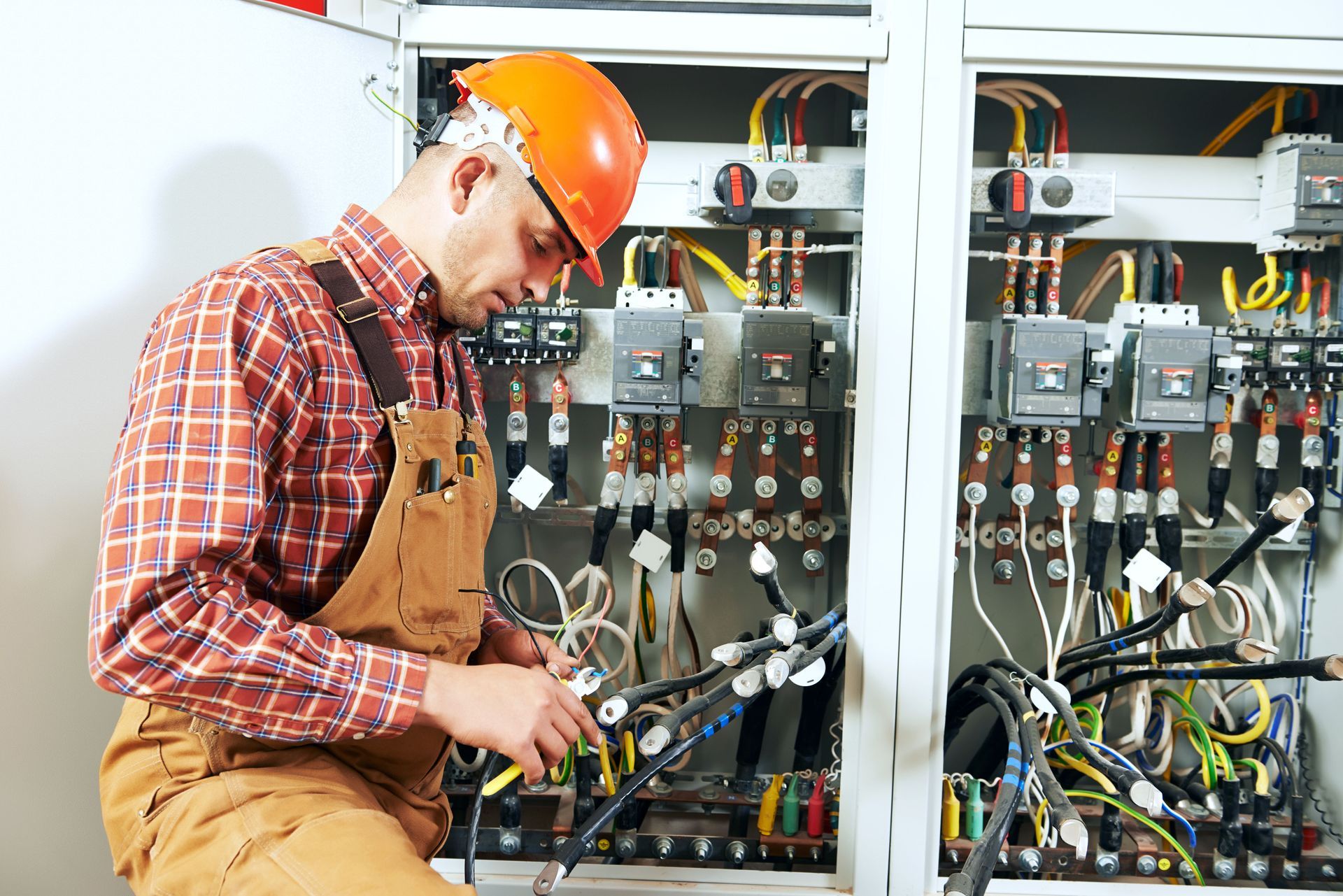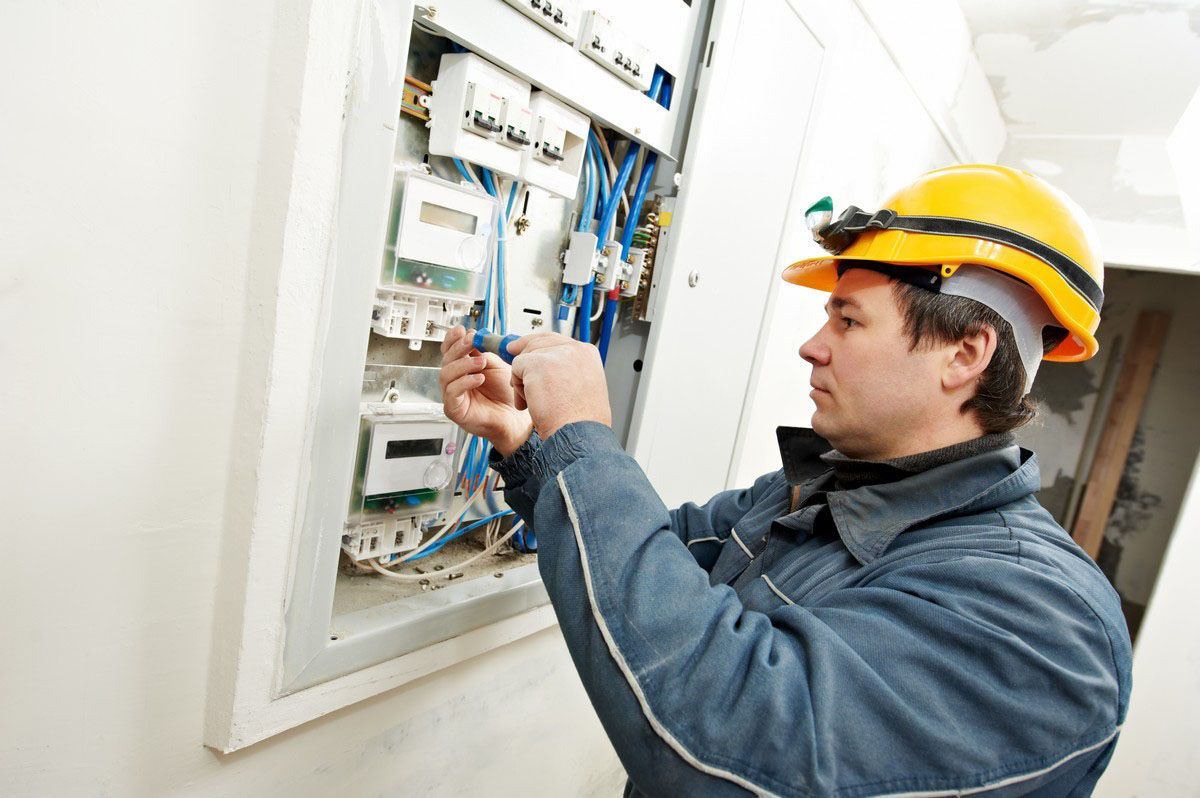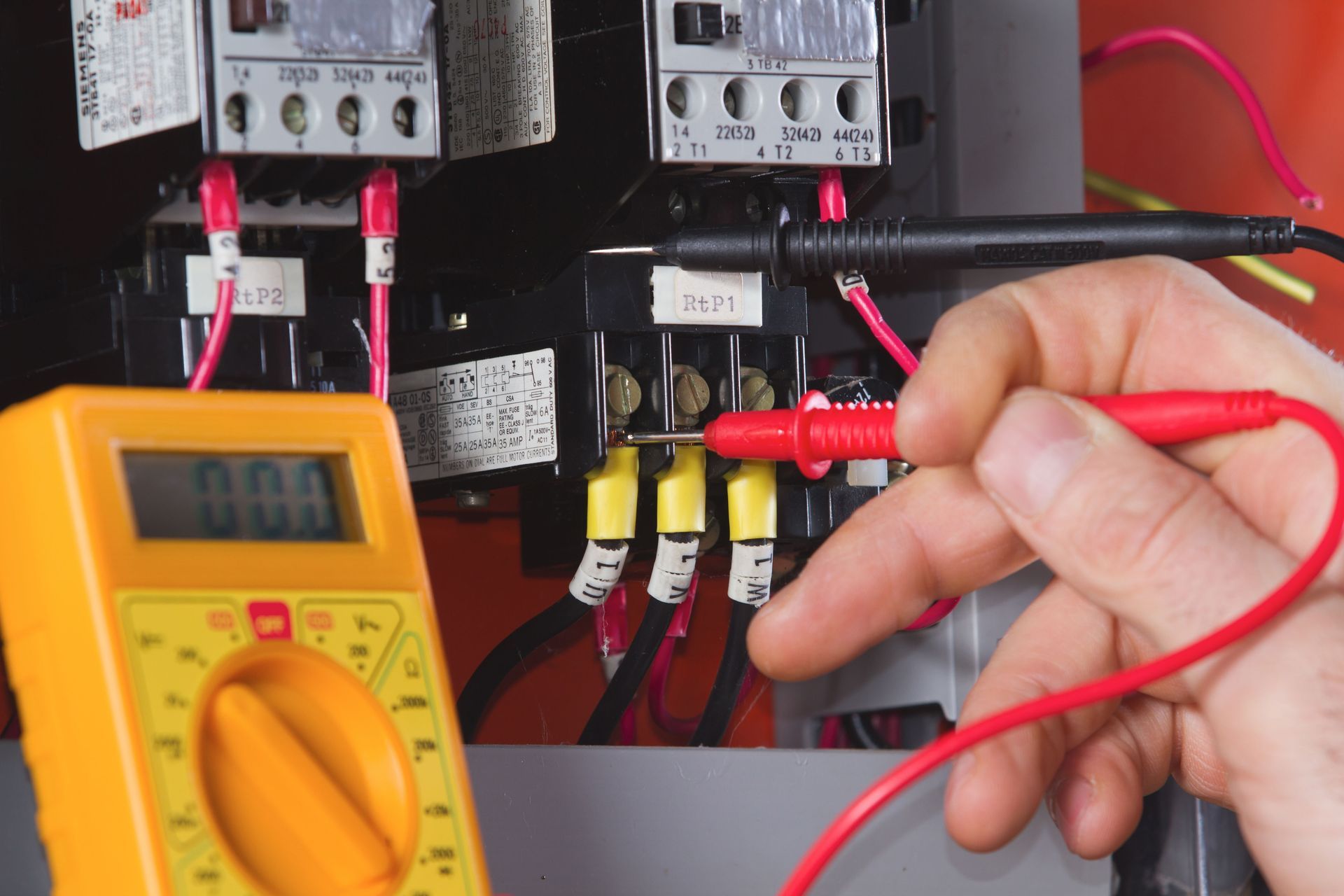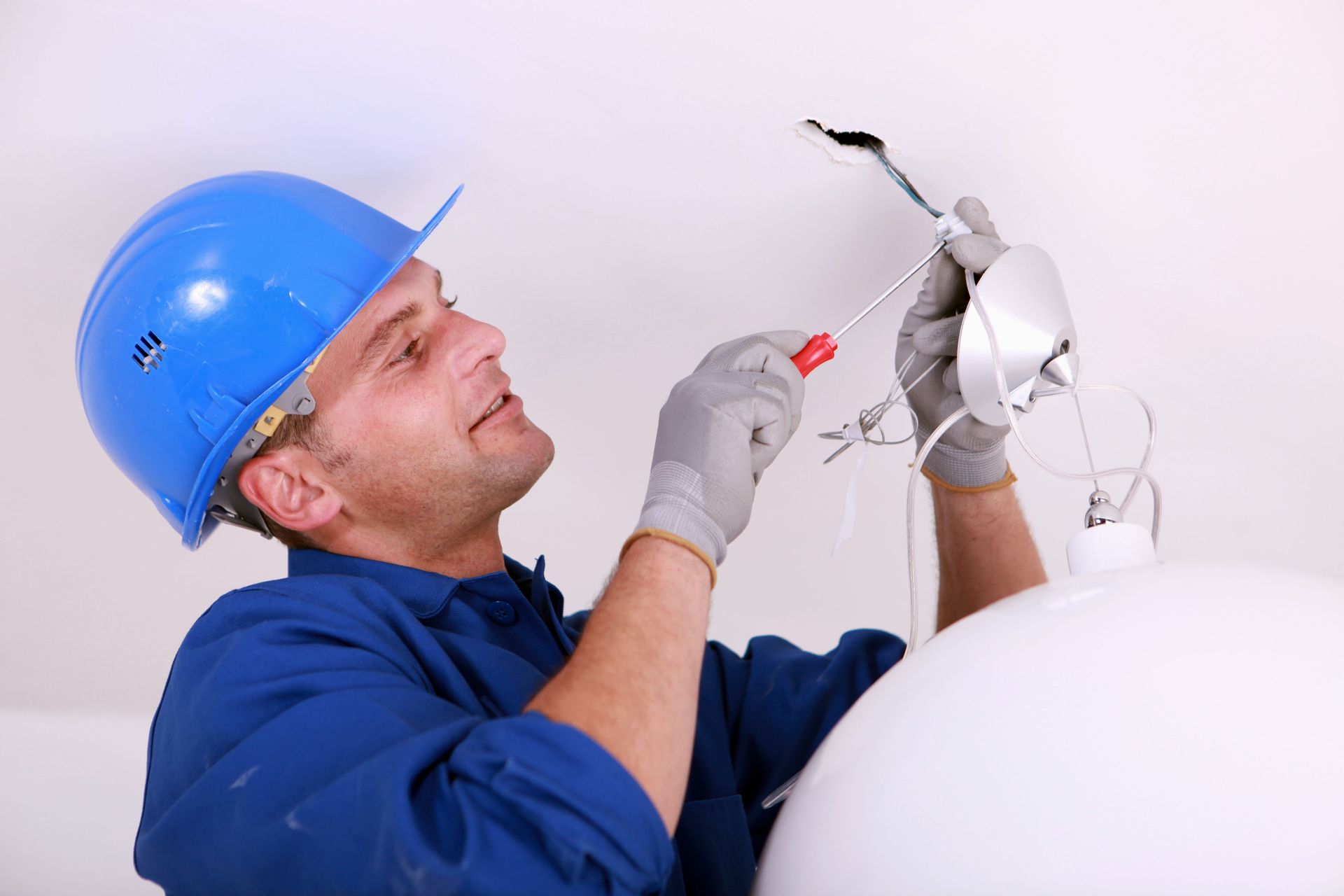3 Tips From Local Electricians
Electricity powers nearly every part of modern living—from lighting and appliances to home offices and entertainment systems—but it can also present risks if not handled correctly. Electricity powers nearly every part of modern living—from lighting and appliances to home offices and entertainment systems—but it can also present risks if not handled correctly. Many homeowners feel comfortable tackling simple tasks like replacing light switches or resetting breakers, but few realize how much knowledge goes into keeping a home’s wiring and systems operating smoothly.
That’s where advice from experienced electricians becomes invaluable. Their day-to-day work provides firsthand insight into common household issues, preventive maintenance, and small steps you can take to reduce hazards and improve energy efficiency. These tips are not about turning you into a professional but about giving you the awareness and confidence to recognize potential problems early, make safer choices with DIY projects, and know when to call in a licensed electrician.
Whether you want to cut down on energy bills, prevent overloads, or simply understand your home’s electrical setup better, these insights from local electricians will guide you toward maintaining a safer and more reliable living environment. By applying their advice, you’ll be better equipped to protect your home, avoid costly mistakes, and enjoy the benefits of a well-maintained electrical system.
1. Understand Your Home's Electrical System
Identifying Circuit Breakers and Fuses
Understanding how to identify circuit breakers and fuses is a foundational aspect of managing a home electrical system. Circuit breakers and fuses serve as vital safety devices, protecting your home from electrical overcurrents. A circuit breaker can be reset when tripped, whereas a fuse must be replaced once it blows. Homeowners should familiarize themselves with their specific locations, typically found in the electrical panel. Proper identification is crucial for effective troubleshooting and maintenance.
Reading an Electrical Panel
Deciphering the labels and layout of an electrical panel is essential for managing electric circuits. Each switch on the panel corresponds to a particular section of your home, and correctly labeling these can save time in emergency situations. The panel's layout allows you to control power supply to various parts of the house independently. For new homeowners, it's advisable to work with a professional to ensure everything is properly labeled. Clearly understanding the panel reduces potential hazards when performing electrical tasks.
Recognizing Common Wiring Configurations
Identifying typical wiring setups within residential properties can clarify maintenance and repair processes. Most homes follow standardized wiring colors, namely black wires for live or load, white for neutral, and green or bare wires for grounding. Recognizing these configurations helps in diagnosing issues such as faulty connections and electrical overload. Advanced configurations may include 3-way switches and sub-panels, which require a detailed understanding. Having a grasp of these common setups enhances your ability to maintain a safe home environment.
Understanding Electrical Load Capacity
Adhering to load capacity limits is critical to preventing electrical hazards like fires and equipment damage. Calculating electrical load involves knowing the wattage required by each appliance and ensuring it doesn’t exceed the circuit's limits. Overloading circuits can lead to increased fire risks, breaker trips, and potential damage to connected devices. To avoid these problems, it is crucial to spread the electrical load evenly across different circuits. By ensuring no single circuit is overloaded, homeowners can maintain system efficiency and safety.
Highlighting the Role of Grounding
Grounding is a fundamental aspect that ensures safety within any electrical system. It provides a safe pathway for excess current to disperse into the ground in the event of an electrical fault. This process prevents electrical shocks, fires, and damage to appliances. Ensuring that your home's grounding system is intact and effective is critical, and can also help in reducing electrical noise and stabilizing voltage levels. Grounding inspections should be part of regular electrical maintenance procedures to ensure full operational efficacy.
2. Stay Up-to-Date on Circuit Breaker and Fuse Box Maintenance
Regular Inspection Schedules
Routine inspections of circuit breakers and fuse boxes prevent malfunctions and potential hazards. Scheduling checks allows for early detection of flaws such as corrosion, loose connections, or worn-out components. Regular maintenance keeps systems running efficiently, avoiding unexpected disruptions and costly repairs. Following local guidelines for inspection frequency ensures adherence to safety standards. By diligently maintaining these critical components, homeowners provide a safer environment.
Signs of Electrical Overload
Recognizing symptoms of electrical overload is crucial for safeguarding against potential risks like fires. Overloads occur when circuit demand exceeds its design capacity, often indicated by tripped breakers or blown fuses. Dimming lights, buzzing switches, or warm outlets can signal excessive load, requiring immediate attention. Addressing overloads promptly through redistribution or capacity upgrades preserves system integrity. Proactively managing loads enhances both safety and efficiency.
Ensuring Accessibility of Panels
Maintaining accessible circuit breaker panels is vital for a prompt response to electrical issues. Clear access allows safe circuit shutdowns during emergencies like overloads or short circuits. Avoid blocking panels with furniture or storage items, as clear space ensures quick and safe operation. Easy accessibility encourages routine maintenance, contributing to the system's overall health and security. Prioritizing panel access aligns with emergency preparedness and effective electrical management.
Documenting Electrical Changes
Accurate documentation of any electrical changes or repairs underpins a well-maintained system. Keeping records helps track modifications, facilitating easier future diagnostics and ensuring code compliance. Efficient documentation aids in identifying recurrent issues and assessing the impact of repairs or upgrades. Recording these changes supports maintenance schedules, cost tracking, and warranty claims. Comprehensive documentation fosters a proactive approach to household electrical systems.
3. Practice Responsible Energy Maintenance and Efficiency
Benefits of Home Energy Audits
Conducting home energy audits enables the identification of inefficiencies that lead to high utility costs. Audits assess the entire property, pinpointing areas where energy wastage occurs, like outdated insulation or inefficient windows. Implementing recommended upgrades from audits leads to substantial savings in heating, cooling, and lighting. The evaluation also contributes to environmental sustainability by reducing carbon footprints. Regular audits keep systems in the best shape, optimizing energy usage and costs.
Upgrading to Energy-efficient Appliances
Replacing old appliances with energy-efficient models significantly lowers household energy consumption. Energy Star-rated appliances offer practical options that deliver optimal performance with reduced electricity use. Upgrades include energy-efficient refrigerators, dishwashers, and HVAC systems, which collectively bring down utility bills. Initial investments result in long-term savings, realizing payback periods quickly due to operational efficiency. Selecting modern appliances aligns with sustainability practices and economic advantages.
Simple Habits for Reducing Energy Waste
Adopting straightforward habits leads to noticeable reductions in energy waste, optimizing resource usage. Turning off lights when leaving a room and unplugging devices when idle conserve electricity effortlessly. Regular maintenance of appliances keeps them working at peak efficiency, lessening unnecessary energy draw. Mindful usage habits complement technological upgrades, achieving holistic energy efficiency within homes. These small adjustments collectively amass significant reductions in energy consumption over time.
Understanding Energy-saving Bulbs
Energy-saving bulbs, such as LEDs and CFLs, offer significant advantages in reducing household electricity usage. They consume a fraction of the energy required by traditional incandescent bulbs while providing comparable, if not superior, illumination. Especially for frequently used fixtures, the cumulative savings become substantial, aligning with cost-saving and eco-conscious goals. Transitioning to these bulbs is a straightforward step toward achieving a reduction in the average household's electricity consumption, as 15% comes solely from lighting, according to Attainable Home. Adopting efficient bulbs is both a financially and environmentally sound decision for modern households.
By adopting the tips shared by local electricians, homeowners can not only ensure the safety and reliability of their electrical systems but also improve efficiency, reduce costs, and contribute to a more sustainable living environment. Remember, while DIY initiatives may seem valuable, always understanding when to seek professional assistance is crucial for maintaining electrical safety standards. Contact Wolfe Electric Co Inc today to learn more.







Share On: